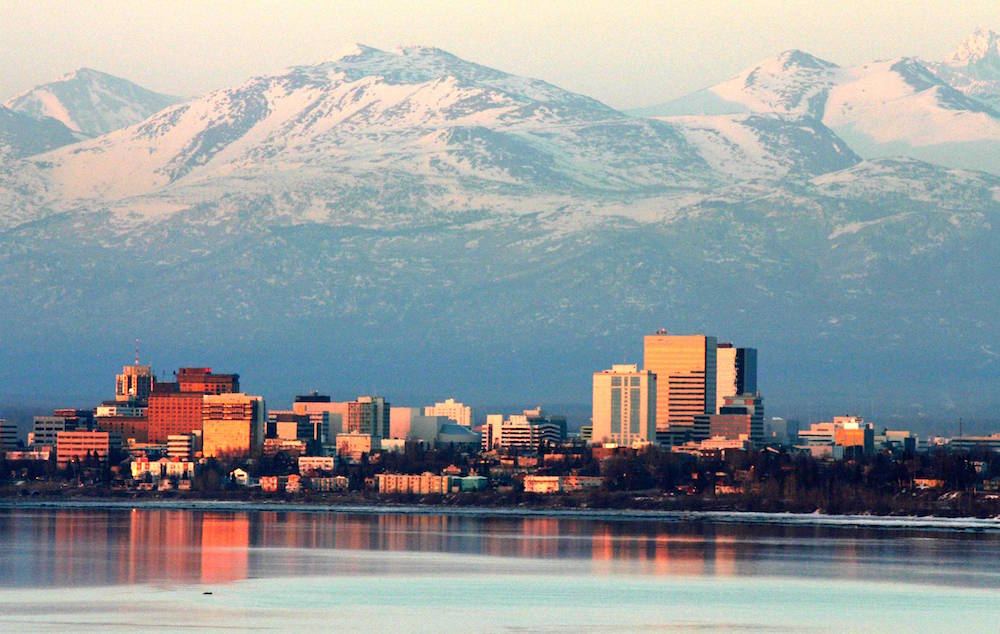
[ Archive ]

 |
CIMSS-NOAA Weekly Report
[ Archive ] |
 |
IN THE PRESS:
Alaska Dispatch News Article on Two NOAA Arctic Research Activities: An article in the Alaska Dispatch News summarized the main points of the May 5, 2015 Foreign Press Center briefing by Jeff Key (NESDIS/STAR) and Ed Farley (NOAA Fisheries). At the briefing, Key spoke on the use of satellites in detecting and quantifying changes in the Arctic climate system and Farley spoke about the impact of a retreating sea ice cover on Alaska fisheries. The article is at http://www.adn.com/article/20150509/satellite-technology-offers-new-insights-climate-changes-effects-arctic. It originally appeared in The Arctic Sounder, a newspaper in Barrow, Alaska. Barrow and other Alaska native communities are being significantly impacted by Arctic climate change. (J. Key, E/RA2, 608-263-2605, jkey@ssec.wisc.edu)
ITEMS FOR THE ADMINISTRATOR:
ITEMS FOR THE ASSISTANT ADMINISTRATOR:
ITEMS FOR THE OFFICE DIRECTOR, STAR:
NOAA OCONUS Technical Interchange Meeting: The NOAA OCONUS Technical Interchange Meeting was held 12-15 May 2015 at the University of Alaska-Anchorage (UAA) Aviation Technology Center at Merrill Field in Anchorage, Alaska. Participants from the STAR Advanced Satellite Products Branch (ASPB) and the Cooperative Institute for Meteorological Satellite Studies (CIMSS) were Andy Heidinger, Mike Pavolonis, Jeff Key (all STAR/ASPB), Wayne Feltz, Ralph Petersen, Jordan Gerth, and Tony Wimmers (all CIMSS). The meeting objectives were to assess the GOES-R/JPSS science portfolios; facilitate technical and operational discussion amongst Alaska Region and Pacific Region personnel; identify areas of joint interest; determine high-priority, low-effort projects that increase the value of the GOES, GOES-R, NPP, and JPSS missions to the National Weather Service in Alaska Region and Pacific Region; introduce operational meteorologists to GOES-R and JPSS science; assist in the NWS evaluation of joint polar and geostationary satellite data, products, and capabilities to support Alaska Region and Pacific Region mission requirements; identify proving ground risk reduction initiatives to establish effective paths from research to operations; understand the extent of NOAA's mission and resources in Alaska Region; develop a plan forward with contributions from operations and research; and coordinate satellite proving ground activities with the NWS Arctic Testbed. (J. Key, E/RA2, 608-263-2605, jkey@ssec.wisc.edu)  (Click image to enlarge)
(Click image to enlarge)
Figure caption: Anchorage, Alaska (Photo from wikipedia.org)
Himawari-8 Rapid Scan Images of Super Typhoon Noul: Himawari-8 rapid scan visible images showing the eye of Category 5 Super Typhoon Noul as it approached the Philippine island of Luzon were posted on the Cooperative Institute for Meteorological Satellite Studies (CIMSS) Satellite Blog (http://cimss.ssec.wisc.edu/goes/blog/archives/18353). A link to the image animation was featured on a Cable News Network (CNN) web page (http://www.cnn.com/2015/05/10/asia/philippines-typhoon-noul/index.html), and permission to use the images was requested by Al Jazeera TV. (S. Bachmeier, CIMSS, 608-263-3958, S. Lindstrom, CIMSS, 608-263-4425) (Click image to enlarge)
Figure caption: Himawari-8 visible image of Super Typhoon Noul as it approached the Philippine island of Luzon on May 10, 2015. Mesovortices can be seen within the eye of the Noul.
ITEMS FOR THE DIVISION CHIEF, CoRP:
Modeling Air Quality from Global to Local Scale Workshops: Brad Pierce remotely participated in two workshops addressing current challenges in air quality modeling across the global to local spectrum. The first workshop, the HTAP2 Global and Regional Model Evaluation Workshop, Boulder CO, 11-13 May 2015, was coordinated by the Task Force on Hemispheric Transport of Air Pollution (TF HTAP, http://www.htap.org/)and focused on reviewing global and regional modeling results from the HTAP2 multi-model experiments. He presented a status report on the joint NESDIS and Space Science and Engineering Center (SSEC) Real-time Air Quality Modeling System (RAQMS) experiments supporting HTAP2 Work Package 3.2 "Inflow processes influencing air quality over western North America". The second workshop, the 2015 Western Air Quality Modeling Workshop, Boulder CO, 13-15 May 2015, was coordinated by the Western Regional Air Partnership (WRAP), the U.S. Environmental Protection Agency (EPA), and the National Center for Atmospheric Research (NCAR) and focused on air quality modeling to address specific issues in the Western United States. He presented a talk entitled "Real-time depiction of stratospheric intrusions in RAQMS/WRF-Chem" which addressed whether coupled global/regional ozone predictions help inform Stratospheric Intrusion Exceptional Event monitoring. (R.B. Pierce, E/RA2, 608-890-1892, brad.pierce@noaa.gov)
GOES-Based Verification System for the HRRR Model Shown at the Spring Experiment: A near real-time GOES-satellite based verification system for the High Resolution Rapid Refresh (HRRR) model is being demonstrated to participants at the 2015 NOAA Hazardous Weather Testbed Spring Experiment. The system is used to quickly assess the accuracy of the many overlapping forecast cycles produced by the HRRR model (which has hourly update cycles) through comparison of observed and simulated GOES infrared brightness temperatures. The goal is to provide forecasters a tool that can be used to quickly determine which forecast cycle is most accurate at the current time. Verification statistics and observed and simulated satellite imagery are available in near real-time on our project webpage (http://cimss.ssec.wisc.edu/hrrrval/). (J. Otkin, CIMSS, 608-265-2476; J. Sieglaff, CIMSS, 608.265.5357; Sarah Griffin, CIMSS; Lee Cronce, CIMSS)
Pyrocumulonimbus Event In British Columbia, Canada: Satellite imagery of the first confirmed pyrocumulonimbus (pyroCb) event of 2015 was posted on the PyroCb Blog (http://pyrocb.ssec.wisc.edu/archives/500). The Little Bobtail Lake Fire had been burning in a remote area of British Columbia, southwest of Prince George, when it experienced rapid growth late in the day on May 12, 2015. (S. Bachmeier, CIMSS, 608-263-3958)
Manuscript on advanced infrared sounder radiance assimilation in cloudy regions accepted for publication: A manuscript entitled "Assimilation of thermodynamic information from advanced infrared sounders under partially cloudy skies for regional NWP" has been accepted for publication in the Journal of Geophysical Research - Atmospheres. Coauthors are Jun Li (CIMSS), Mitchell Goldberg (JPSS), Timothy Schmit (STAR), Agnes Lim, Zhenglong Li, Hyojin Han, Jinlong Li, and Steve Ackerman (CIMSS) (Jun Li, CIMSS, Jun.Li@ssec.wisc.edu, 608-262-3755)
VISITORS:
NEXT WEEK:
LOOKING AHEAD:
| Archived Weeklies Page | Submit a report item |